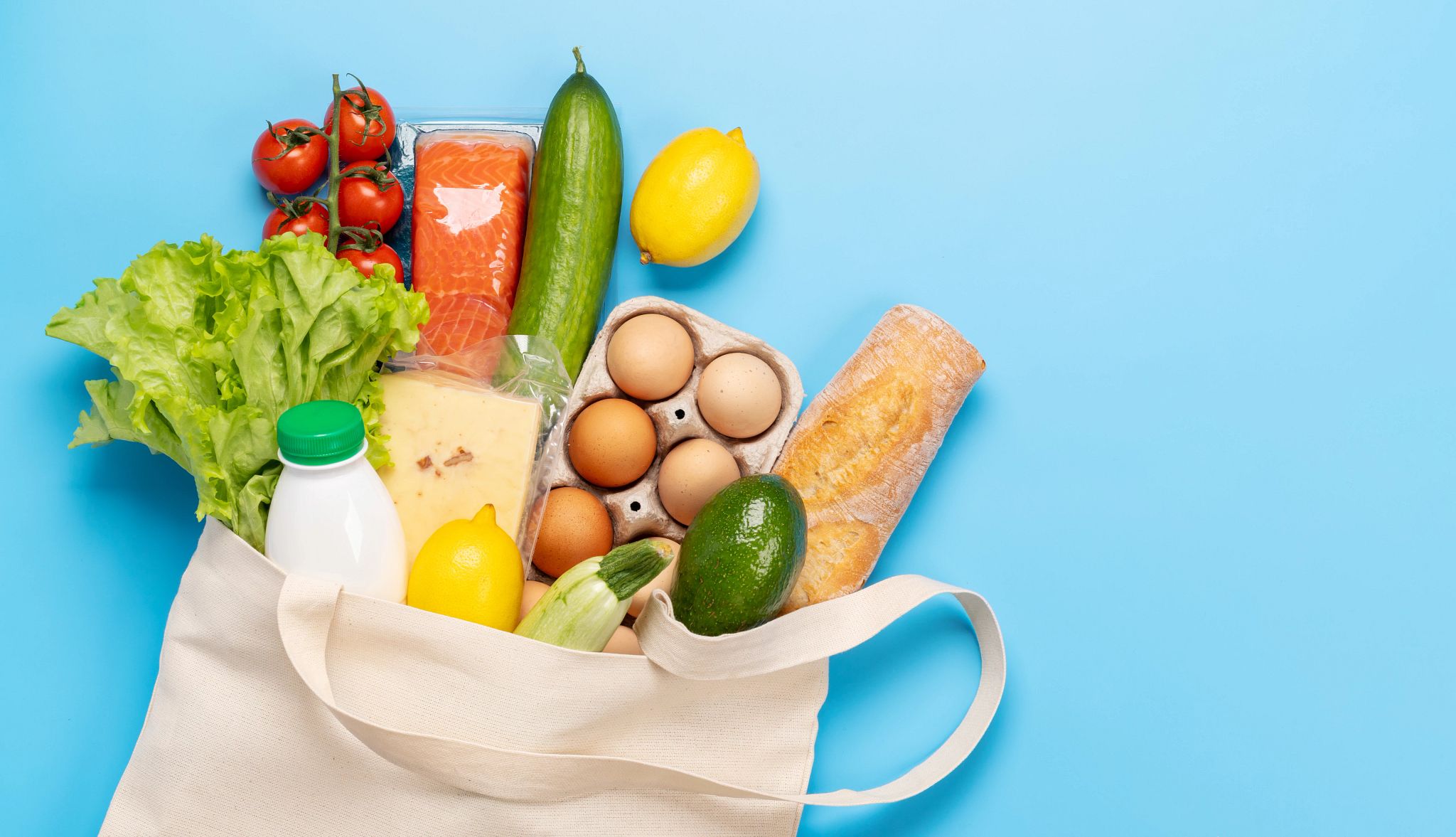AARP Hearing Center


With cuts and new work requirements for federal food aid locked in, beneficiaries of the Supplemental Nutrition Assistance Program (SNAP) are trying to make sense of the changes about to unfold. SNAP supports more than 11 million adults 50-plus, and new policies threaten to leave millions struggling to put food on the table.
To meet the White House’s demand for reduced government spending to offset President Trump’s sweeping domestic tax and spending legislation, lawmakers shifted some funding for food assistance onto states. Other changes include expanded work requirements for individuals age 64 and under, eliminating nutrition education and capping benefit increases.
Taken together, this could exacerbate already limited access to nutritious food for older people.
On average, older adults get $6 per day in SNAP benefits, also known as food stamps (among other names, depending on the state). Advocates say SNAP provides modest funding that goes a long way to support basic nutritional needs and promote better health outcomes.
“As people age, they may face unexpected life challenges — such as job loss, medical crises, or the death of a spouse or other loved one — which can lead to significant financial instability and increased difficulty affording food,” wrote Bill Sweeney, AARP’s senior vice president of government affairs, in a May 13 letter to House leaders.
Join ARRP’s Fight to Protect Older Americans
Here’s what you can do to help:
- Sign up to become an AARP activist for the latest news and alerts on issues you care about.
- Find out more about how we’re fighting for you every day in Congress and across the country.
- AARP is your fierce defender on the issues that matter to people 50-plus. Become a member or renew your membership today.
Today, 1 in 10 older Americans struggles to afford nutritious food. Many are eligible for SNAP benefits, though nearly two-thirds who likely qualify don’t participate, due to lack of awareness, stigma or other barriers, according to AARP research.
As lawmakers debate SNAP’s future, here is what adults 50 and older need to know about the program today.
Who qualifies for food assistance?
SNAP is a need-based federal program to help low-income households supplement their budget to buy food. In 2023, about 42 million people received SNAP benefits each month — about 13 percent of the U.S. population, according to data from the Department of Agriculture.
SNAP eligibility and benefit amounts depend on household size and composition, income (including Social Security and disability) and, in certain states, assets. The federal government has the following general rules for eligibility, though states can broaden the criteria by increasing income limits or eliminating asset tests, for example.
- Gross income must be at or below 130 percent of the federal poverty line. For a single individual in 2025, that’s $1,632 per month in most states. The threshold increases for families.
- Net monthly income must be at or below the poverty line. In 2025, a single person can make no more than $1,255 per month.
- In states where this applies, household assets, cash and other resources must not exceed $3,000 — or $4,500 if at least one member of the household is 60-plus or disabled.
People age 60 and older only have to meet the criteria for net income and applicable assets to qualify. They also may be eligible for medical expense deductions that can increase their SNAP benefits.

































































More From AARP